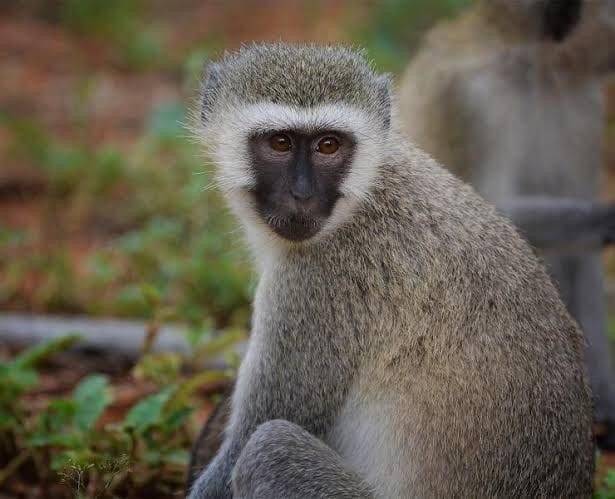In this two-part series, read on to learn some interesting facts about the 10 most endangered animals in the world and how we, as a race, should be more cognizant of the plight of these beautiful creatures.
10. Gorillas
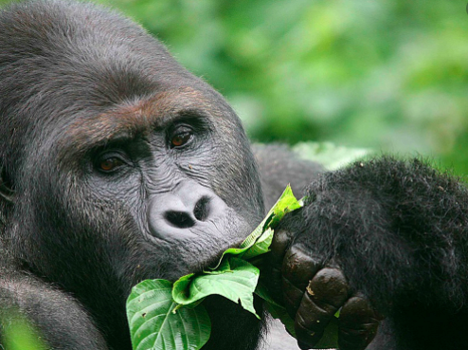
Gorillas share close to 97% of their DNA with humans! They are capable of feeling emotions and even behave like us sometimes – did you know they can laugh? There are two species, the Eastern Gorilla and the Western Gorilla, and they both have two subspecies. Three out of four are Critically Endangered on the International Union for Conservation of Nature (IUCN) Red List of Threatened Species. The only one that isn’t is the Mountain Gorilla, a subspecies of the Eastern Gorilla.
9. Rhinos
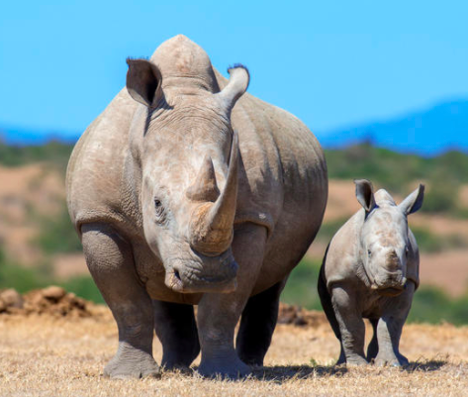
Rhinoceros comes from two Greek words Rhino and Ceros, which when translated into English mean nose horn. Human beings are almost entirely responsible for this beautiful creature nearing extinction. Poaching for their distinctive horns is their biggest threat. Three of the five species of rhinoceros are among the most endangered species in the world: the black rhino, Javan rhino and the Sumatran rhino. The Javan rhino is the closest to extinction with only about 50 left, of which most are in the Ujung Kulon National Park in Indonesia.
8. Sea Turtles
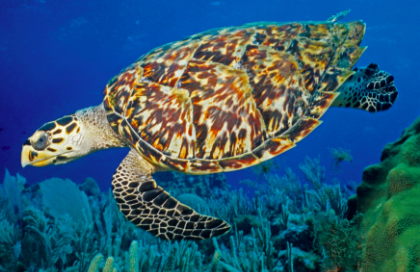
Hawksbill Turtles and Kemps Ridley Turtles are on the IUCN Red List of Threatened Species. Hunting is one of the biggest threats to sea turtles, with poachers targeting their eggs, shells, meat and skin. They are also at risk from habitat loss and pollution as well as climate change. Sand temperature determines the sex of hatchlings with eggs developing as females in warmer temperatures. That means even small temperature changes could skew the sex ratio of populations.
7. Saola
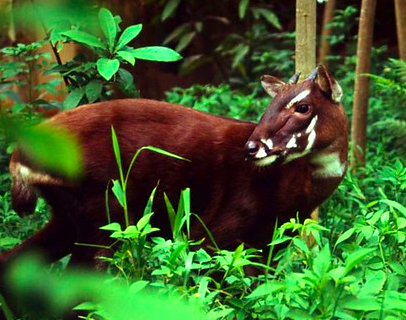
The Saola is one of the rarest large mammals on Earth. It was first discovered in 1992 in the Annamite Range in Vietnam. The Saola is elusive and so rarely seen it’s known as the Asian unicorn.
6. North Atlantic Right Whale
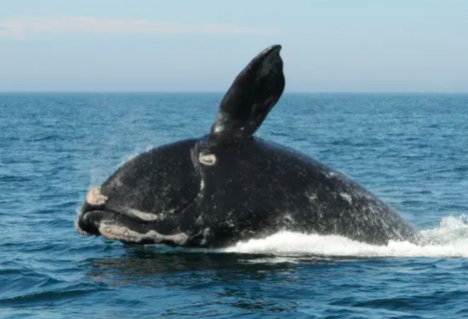
They are gentle giants that stay close to coasts and spend a lot of time at the surface skim feeding on zooplankton, all of which makes them an easy target for hunting. They were almost wiped out by hunters for their blubber and are now one of the most endangered large whales. They are now protected, and hunting is illegal, but population recovery is slow. They are only about 400 left, out of which, only 100 are breeding females. Females don’t breed for the first ten years of their life and then will give birth to a single calf every six to ten years. Vessel traffic also creates noise that interferes with their ability to communicate. Whales use sound to find mates, locate food and avoid predators, as well as to navigate and talk to each other.
Stay tuned for the Top 5 World’s Most Endangered Animal Species in the second part of the blog series. Can you guess which animals will feature on the IUCN Critically Endangered List?
*All Images for this blog sourced from Google and WWF
The ongoing coronavirus pandemic is a direct consequence of
our broken relationship with nature. Scientists have long been warning us that
humanity’s destruction of nature, left unchecked, will result in the spread of
deadly diseases, droughts, famines and other disasters. For decades, amid the
hustle and bustle of our daily lives, these warnings fell on deaf ears. But we
no longer have the luxury to ignore the deep interconnection between human
health and nature. The continuous loss of habitats and biodiversity is threatening
the existence of all living beings, including us.
This is where conservation comes into play. Conservation is
the strongest weapon we have to protect the planet we call home. But while
conservation is crucial for our survival, its importance is not being
communicated to masses in an efficient way, especially where it matters the
most in the world. interiorsafarisea.com
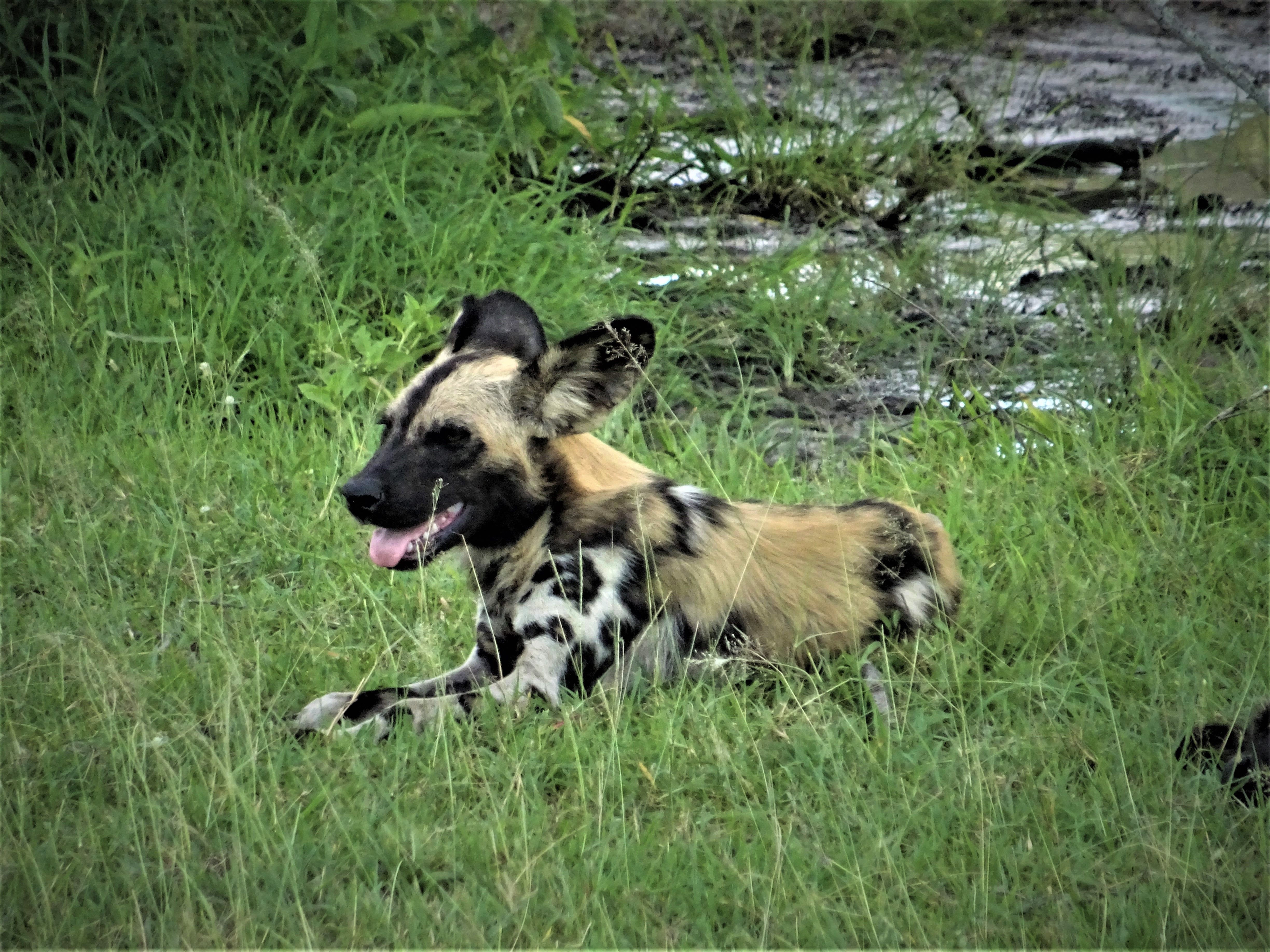
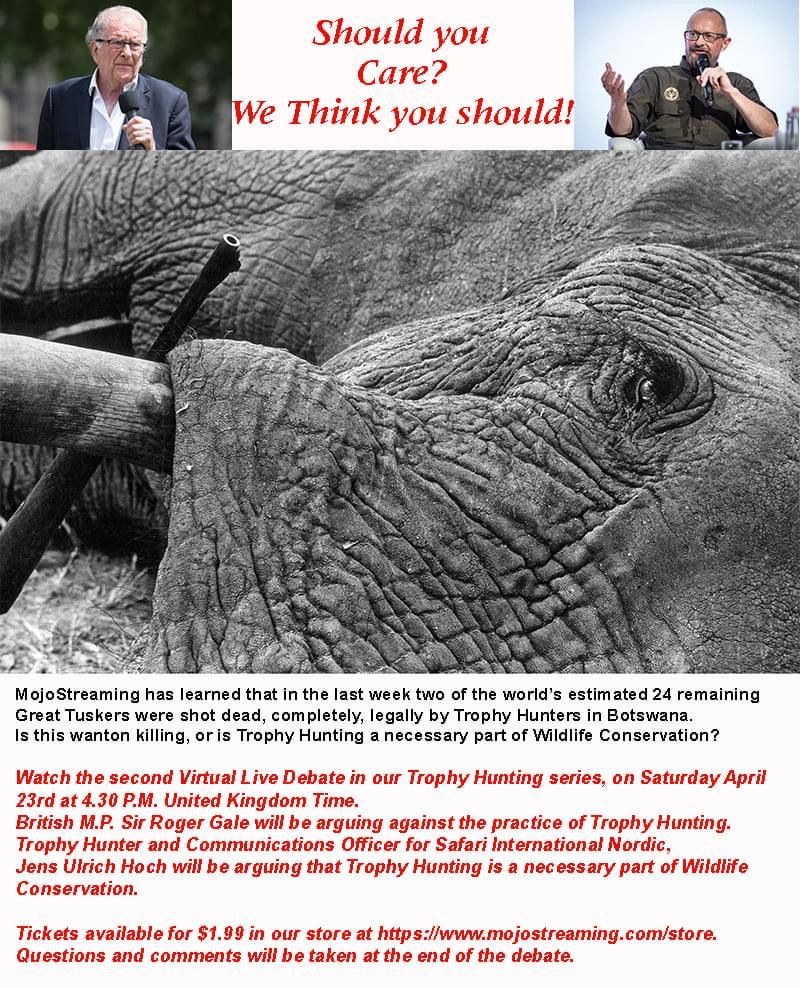
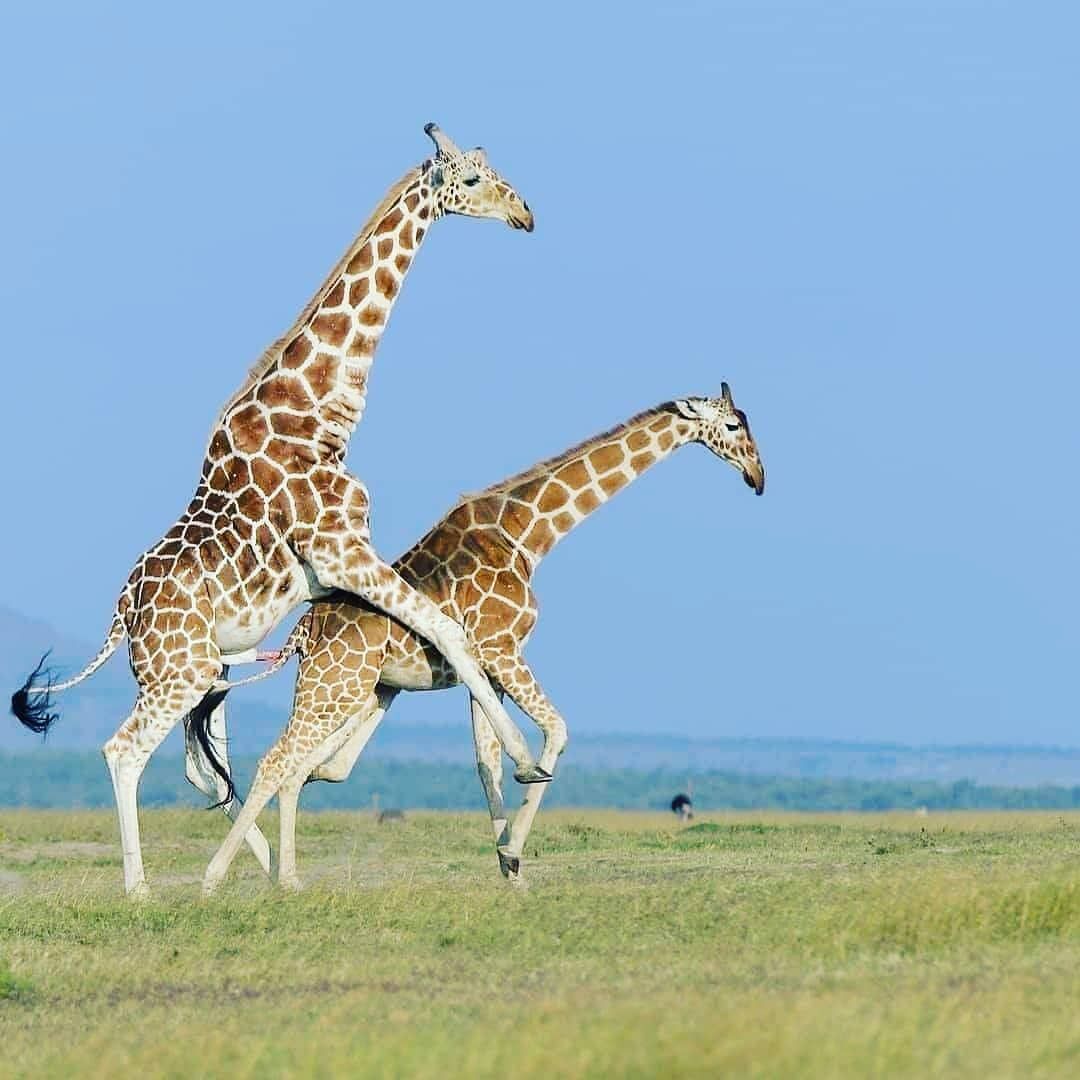
Sexual maturity of the female is at 48-60 months, the male is at 42 months. The giraffe mate at any time of the year with the gestation period being between 453 - 464 days. There is usually only one calf, very rarely twins. A giraffe cow in season attracts males from all around, but is soon won by a dominant bull. The male signals his readiness to mate by tapping on the female's hind leg with his foreleg or resting his chin on her back. He usually follows her, sometimes for hours, until she allows him to mount her
Giraffes don't have a set mating season. Instead they have an estrous cycle, which is a lot like the human menstrual cycle (but with less blood and slightly different hormones). The male giraffes don't just mate with the ladies all the time, so they generally try to find a way to determine is the lady is fertile.www.interiorsafarisea.com
FUN FACTS FRIDAY- VERVET MONKEY
1. They spend almost their entire life on the trees (arboreal animal). They are proficient climbers and jumpers.
2. They are omnivores (they eat both plants and meat). Their diet is based on leaves, buds, shoots, flowers, fruit, roots, insects, eggs, grubs and small birds.
3. They usually breed from April to June. Pregnancy in females lasts 165 days and ends with one baby.
4. They communicate through sounds and body language. A raising eyebrow is meant to be a threat to others in the troop. There are also vocalizations like crying and barking to signal different information. Wanting calls are used by mothers to attract infants while chattering signals irritation or aggression.
5. During mating season the males testicles turn bright blue, a flamboyant show to suggest their suitability as a mate.
If you want to learn more about this animal,Contact Godfreytheguide for more information.
WhatsApp/ call - +256773127086